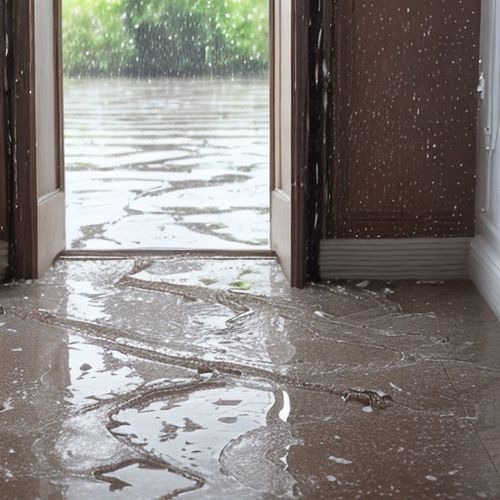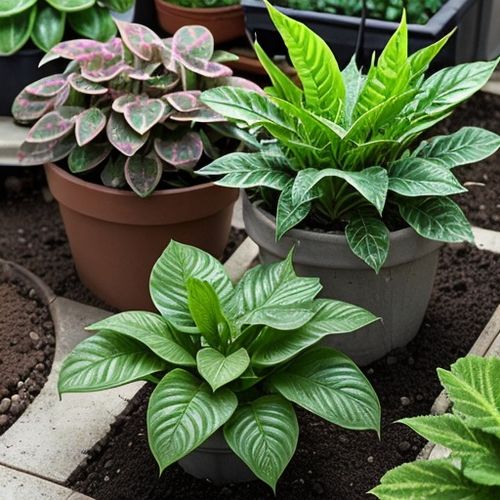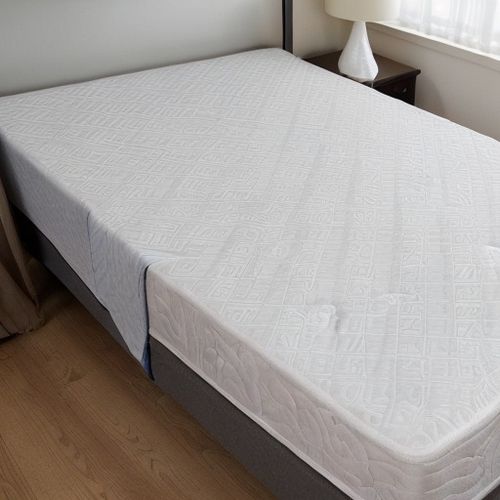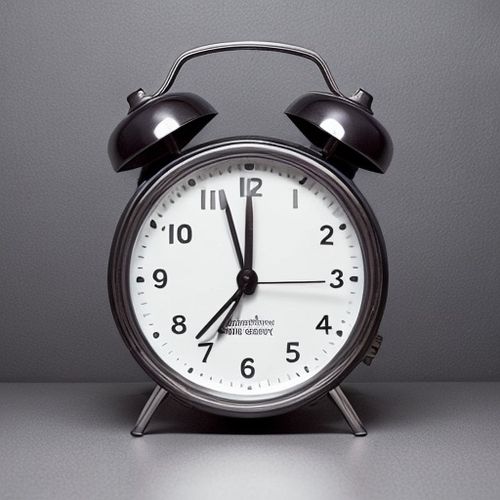The arrival of the plum rain season brings with it a dampness that can seep into every corner of our homes. The persistent humidity creates an ideal breeding ground for mold, which can damage walls, ruin clothing, and even destroy precious books. Protecting your belongings during this season requires a proactive approach, blending traditional wisdom with modern solutions. The key lies in understanding how moisture interacts with different materials and taking steps to mitigate its effects before the damage becomes irreversible.
Walls are particularly vulnerable during the plum rain season, as the constant exposure to moisture can lead to unsightly mold growth and even structural damage over time. Many homeowners notice dark spots appearing in corners or along the baseboards, often accompanied by a musty odor that permeates the entire room. The problem becomes especially pronounced in buildings with poor ventilation or inadequate insulation. To combat this, it's crucial to maintain proper airflow throughout your living spaces, using dehumidifiers strategically placed in problem areas. For those living in particularly humid regions, moisture-absorbing products containing silica gel or calcium chloride can be placed along walls to draw out excess dampness.
When dealing with existing mold on walls, a solution of white vinegar and water often proves more effective than harsh chemical cleaners. The acidic nature of vinegar kills mold spores without leaving behind toxic residues. For stubborn cases, a mixture of baking soda and water can be used as a gentle abrasive to scrub away the discoloration. It's important to address mold issues promptly, as prolonged exposure can lead to health problems ranging from allergic reactions to respiratory issues. After cleaning, applying a mold-resistant primer before repainting creates an additional barrier against future growth.
Clothing requires special attention during the humid months, as fabrics naturally absorb moisture from the air. Many people find their wardrobes developing that characteristic musty smell, with some items showing visible mold spots after just a few days of storage. Natural fibers like cotton and wool are particularly susceptible, but synthetic materials aren't immune either. The traditional practice of storing clothes with camphor or mothballs has given way to more modern solutions like silica gel packets or activated charcoal sachets, which absorb moisture without the strong chemical odor.
For valuable garments, consider investing in vacuum storage bags that remove air and create an airtight seal. These are especially useful for seasonal clothing that won't be worn for months. When washing clothes during the plum rain season, add a cup of white vinegar to the rinse cycle - this helps kill mold spores and removes musty odors. Avoid drying clothes indoors if possible, as this introduces additional moisture into your home's air. If outdoor drying isn't an option, use a dehumidifier in the drying area and ensure proper ventilation. Ironing clothes before storage may seem old-fashioned, but the heat helps kill any remaining mold spores and creates a smoother surface that's less likely to trap moisture.
The protection of books during humid weather presents unique challenges, as paper acts like a sponge for atmospheric moisture. Bibliophiles often notice their collections developing warped pages or that distinctive damp book smell when humidity levels rise. In severe cases, mold can appear as fuzzy patches on covers or between pages, potentially ruining valuable volumes. Maintaining a consistent environment is crucial for book preservation - sudden fluctuations in temperature and humidity cause more damage than steady conditions. Keep bookshelves away from exterior walls where condensation tends to form, and leave some space between volumes to allow air circulation.
For particularly valuable books, consider storing them in acid-free boxes with moisture-absorbing packets. Some collectors use small, battery-operated fans to keep air moving around their collections. If you discover mold on books, isolate the affected volumes immediately to prevent spreading. Surface mold can sometimes be removed with a soft, dry cloth, but more severe cases may require professional restoration. Interestingly, the traditional Chinese method of occasionally airing books in the shade on dry days still holds merit, though it should be done carefully to avoid exposure to direct sunlight which can fade covers and damage bindings.
Beyond these specific measures, some general practices can help protect your entire home during the plum rain season. Monitoring humidity levels with a hygrometer allows you to take action before problems arise. The ideal indoor humidity range falls between 45% and 55% - high enough to be comfortable but low enough to inhibit mold growth. Simple habits like wiping down condensation from windows each morning and using exhaust fans while cooking or showering can make a significant difference in maintaining this balance. Some homeowners find that certain houseplants, such as peace lilies or Boston ferns, help regulate indoor humidity naturally, though overwatering should be avoided as it can contribute to the moisture problem.
The battle against mold and moisture during the plum rain season is ongoing, but with careful attention and the right strategies, it's possible to protect your home and belongings. Each material - whether wall surface, fabric, or paper - requires its own approach, but they all share the common need for moisture control and air circulation. By combining modern technology with time-tested methods, we can navigate the challenges of this damp season while keeping our living spaces fresh and our possessions intact. The secret lies not in any single solution, but in creating a comprehensive system that addresses humidity at multiple levels throughout your home environment.

By Thomas Roberts/Apr 25, 2025

By Daniel Scott/Apr 25, 2025

By Thomas Roberts/Apr 25, 2025

By Daniel Scott/Apr 25, 2025

By Lily Simpson/Apr 25, 2025

By Megan Clark/Apr 25, 2025

By Christopher Harris/Apr 25, 2025

By Amanda Phillips/Apr 25, 2025

By John Smith/Apr 25, 2025

By Michael Brown/Apr 25, 2025

By Daniel Scott/Apr 25, 2025

By Olivia Reed/Apr 25, 2025

By Elizabeth Taylor/Apr 25, 2025

By James Moore/Apr 25, 2025

By John Smith/Apr 25, 2025

By William Miller/Apr 25, 2025

By Daniel Scott/Apr 25, 2025

By Emma Thompson/Apr 25, 2025

By James Moore/Apr 25, 2025

By Ryan Martin/Apr 25, 2025